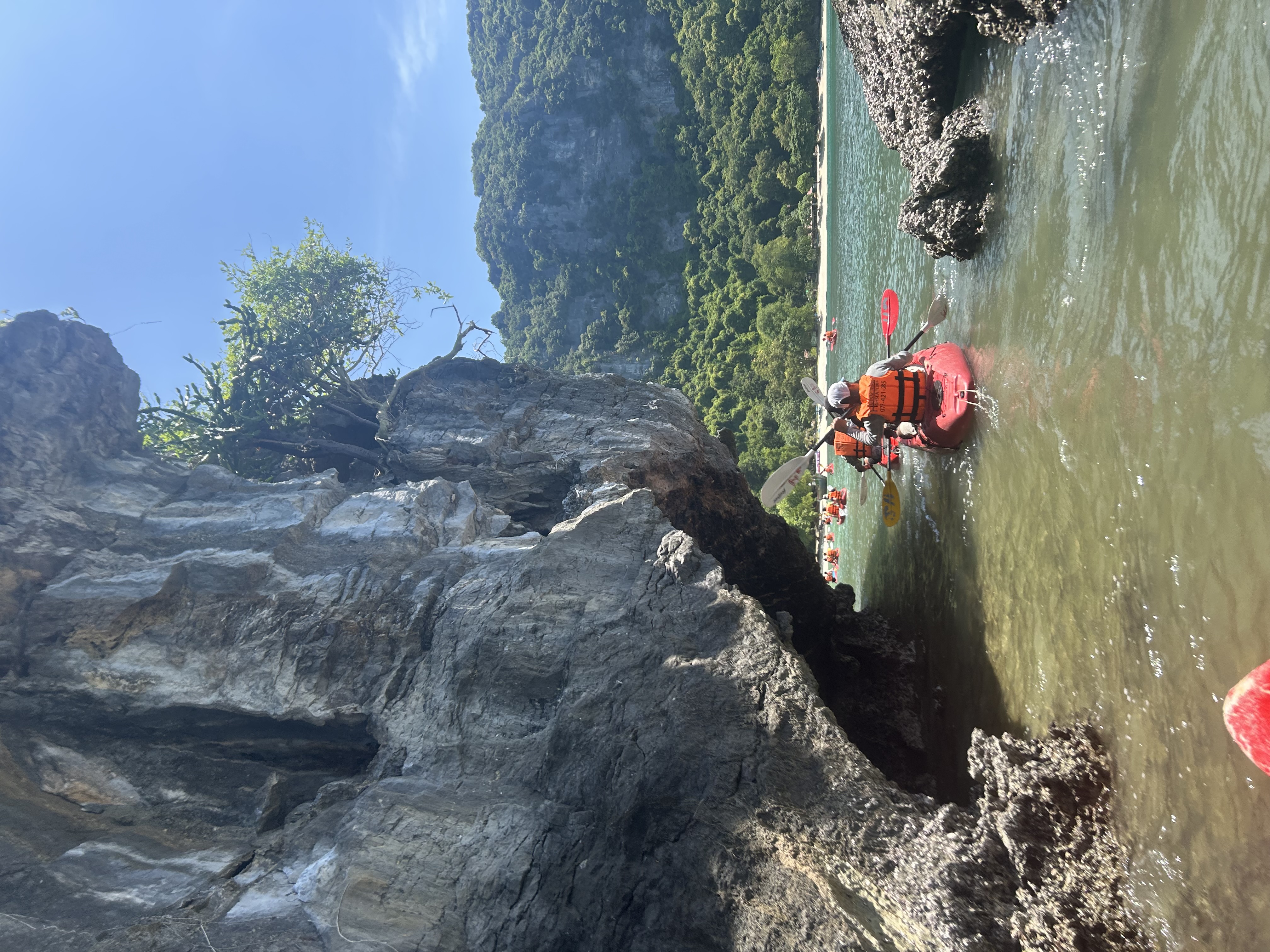Space
Cards (67)
- What is the central star of our solar system?
- How many planets are in our solar system?
- What are natural satellites in the solar system?
- What galaxy is our solar system a part of?
- What are the components of the solar system?
- What does everything in the solar system do?
- Name the eight planets in our solar system.
- What is the moon that orbits Earth called?
- What is a comet made of?
- What happens to a comet when it is near the Sun?
- What is an asteroid primarily made of?
- Where is most of the asteroids located?
- How far is our solar system from the galactic center?
- What is the process that formed the Sun?
- What initiates fusion reactions in a star?
- What is the equilibrium in a star caused by?
- What is the Sun believed to be in terms of generation?
- What evidence supports the Sun being a third generation star?
- What are the stages in the life cycle of a star?
- What is a protostar?
- What happens during the main sequence stage of a star?
- What occurs in a red giant stage?
- What is a supernova?
- What is the role of gravity in circular orbits?
- What happens to velocity in circular motion?
- What is centripetal force?
- What happens if a car turns a corner too fast?
- What are geostationary satellites?
- What do communication satellites do?
- What are the forces that provide centripetal force in different scenarios?
- What are the stages of star formation?
- What are the characteristics of the life cycle of a star?
- What happens during the formation of planets?
- What are the differences between planets, moons, and artificial satellites?
- What is the significance of the Sun's fusion process?
- What is the relationship between gravity and orbital motion?
- What happens to the temperature and pressure in a protostar?
- What is the role of the Sun in the solar system?
- What direction does the velocity always point in relation to centripetal force?
- Why do the kinetic energy and speed of a planet remain constant?
